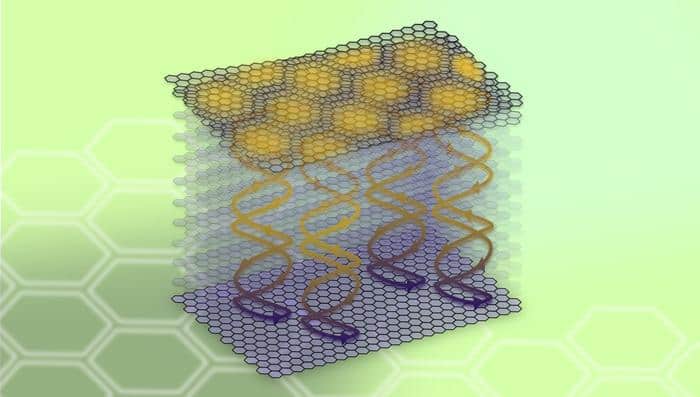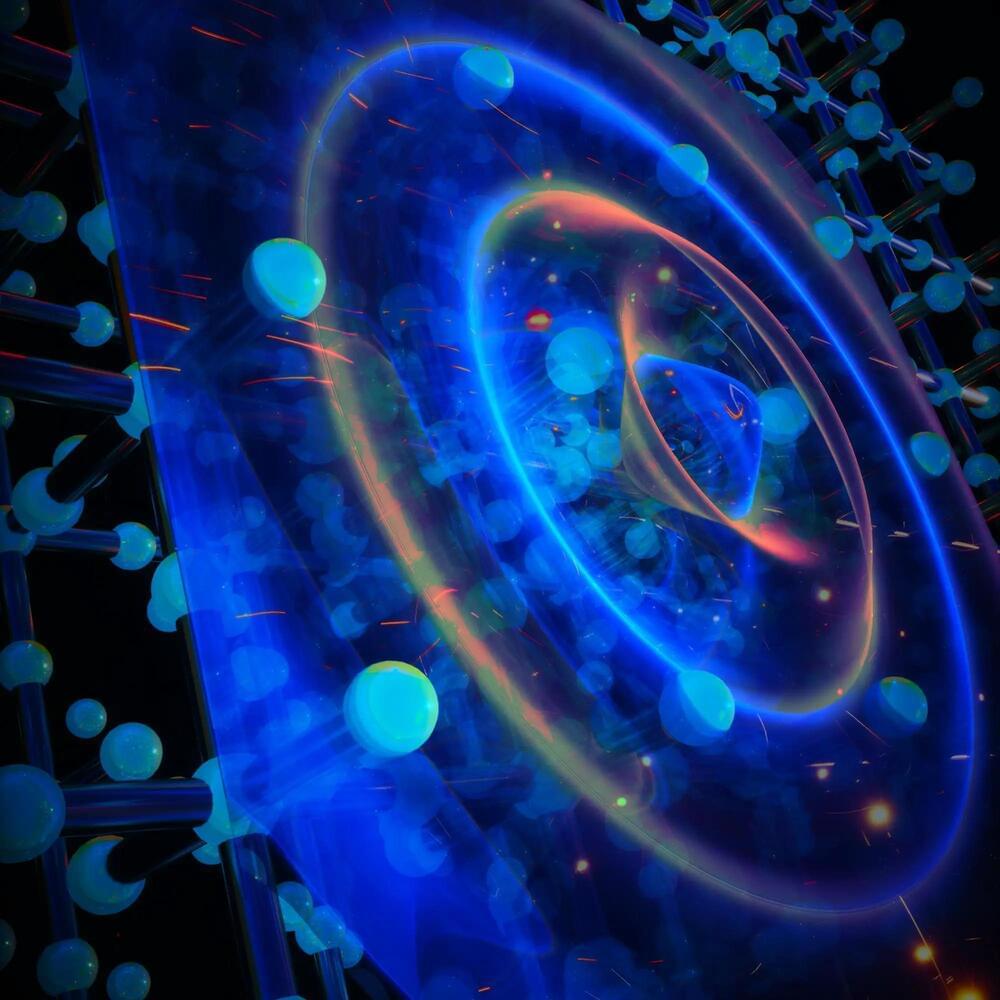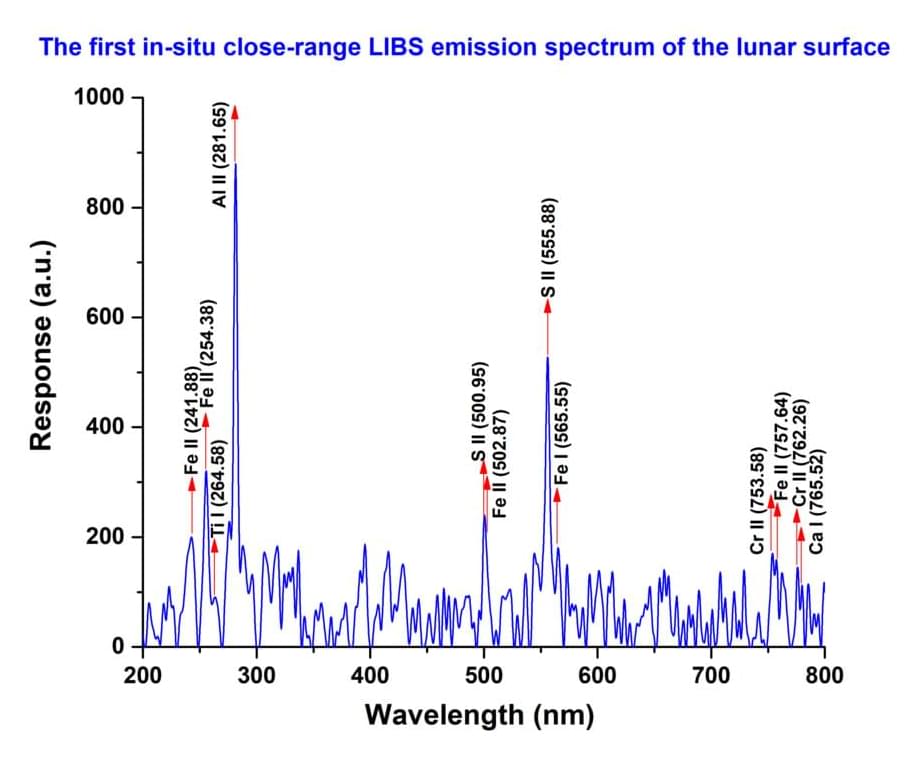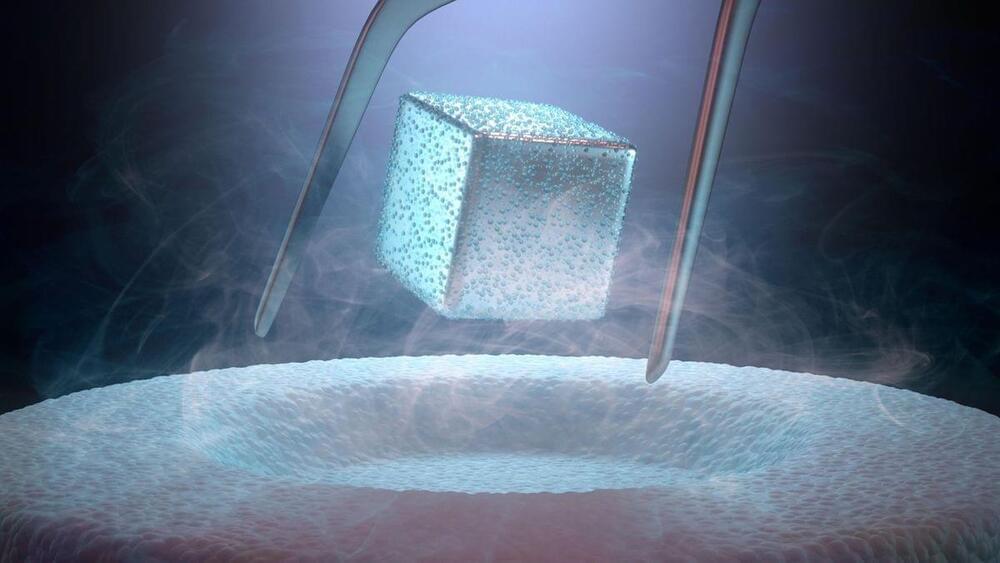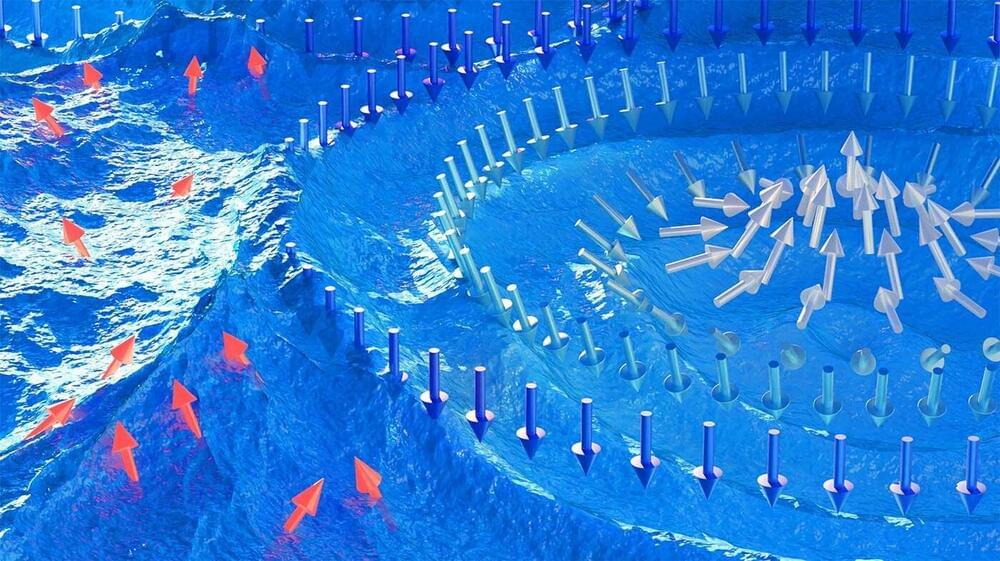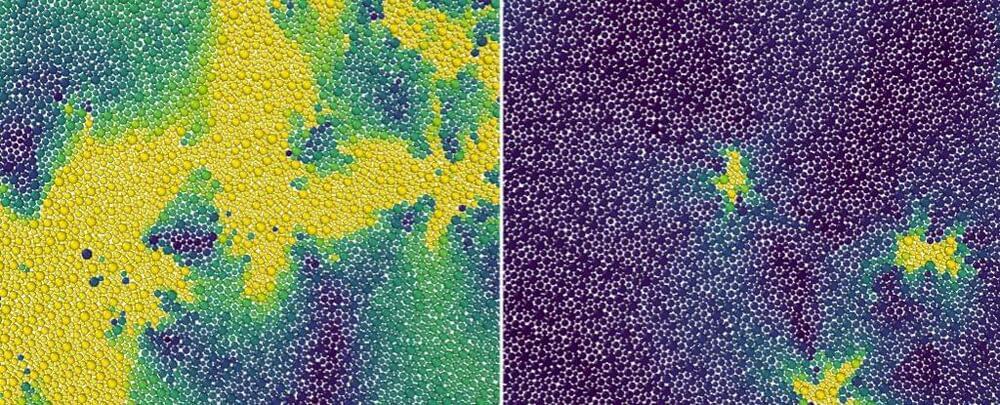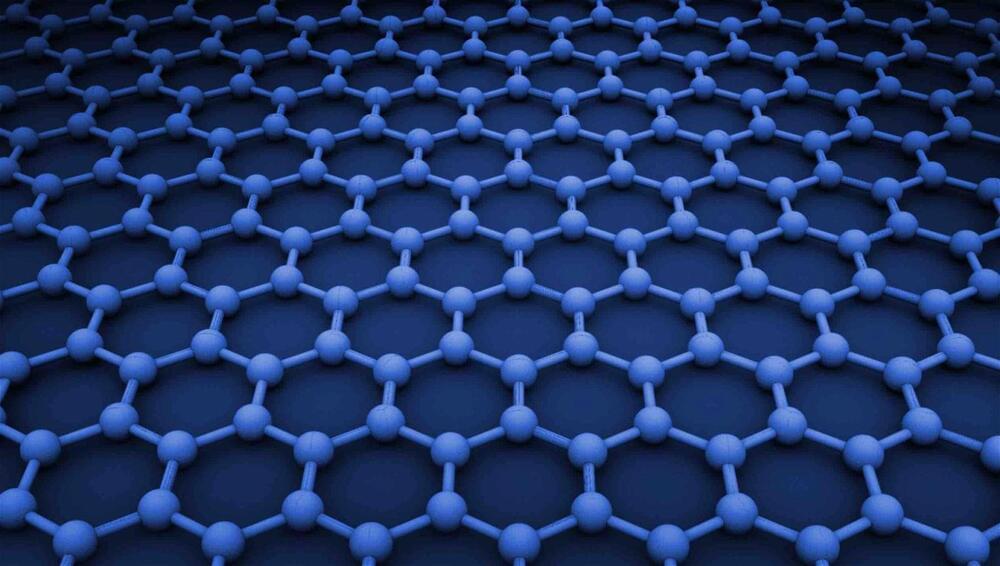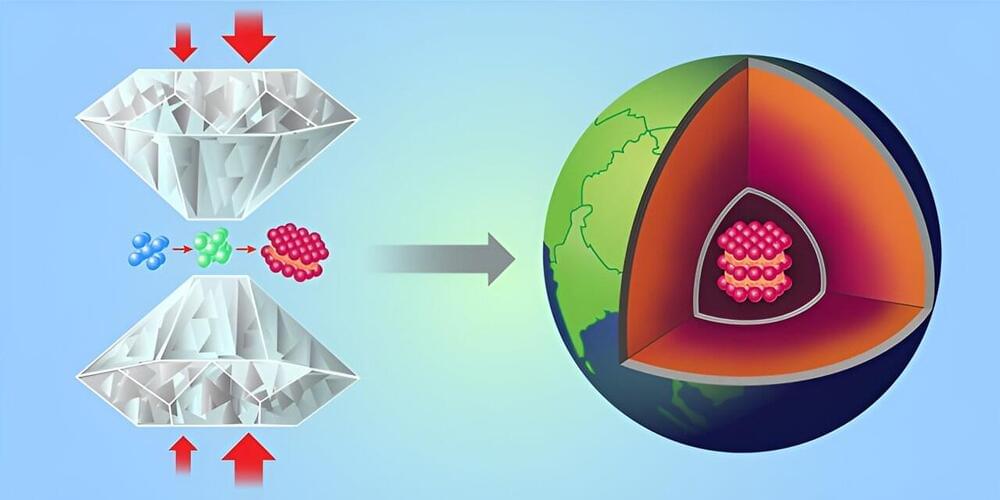Sep 1, 2023
Energy Vault’s First Grid-Scale Gravity Energy Storage System Is Near Complete
Posted by Shailesh Prasad in categories: energy, materials, robotics/AI
The system is like a solid version of pumped hydro, which uses surplus generating capacity to pump water uphill into a reservoir. When the water’s released it flows down through turbines, making them spin and generate energy.
Energy Vault’s solid gravity system uses huge, heavy blocks made of concrete and composite material and lifts them up in the air with a mechanical crane. The cranes are powered by excess energy from the grid, which might be created on very sunny or windy days when there’s not a lot of demand. The blocks are suspended at elevation until supply starts to fall short of demand, and when they’re lowered down their weight pulls cables that spin turbines and generate electricity.
Continue reading “Energy Vault’s First Grid-Scale Gravity Energy Storage System Is Near Complete” »

